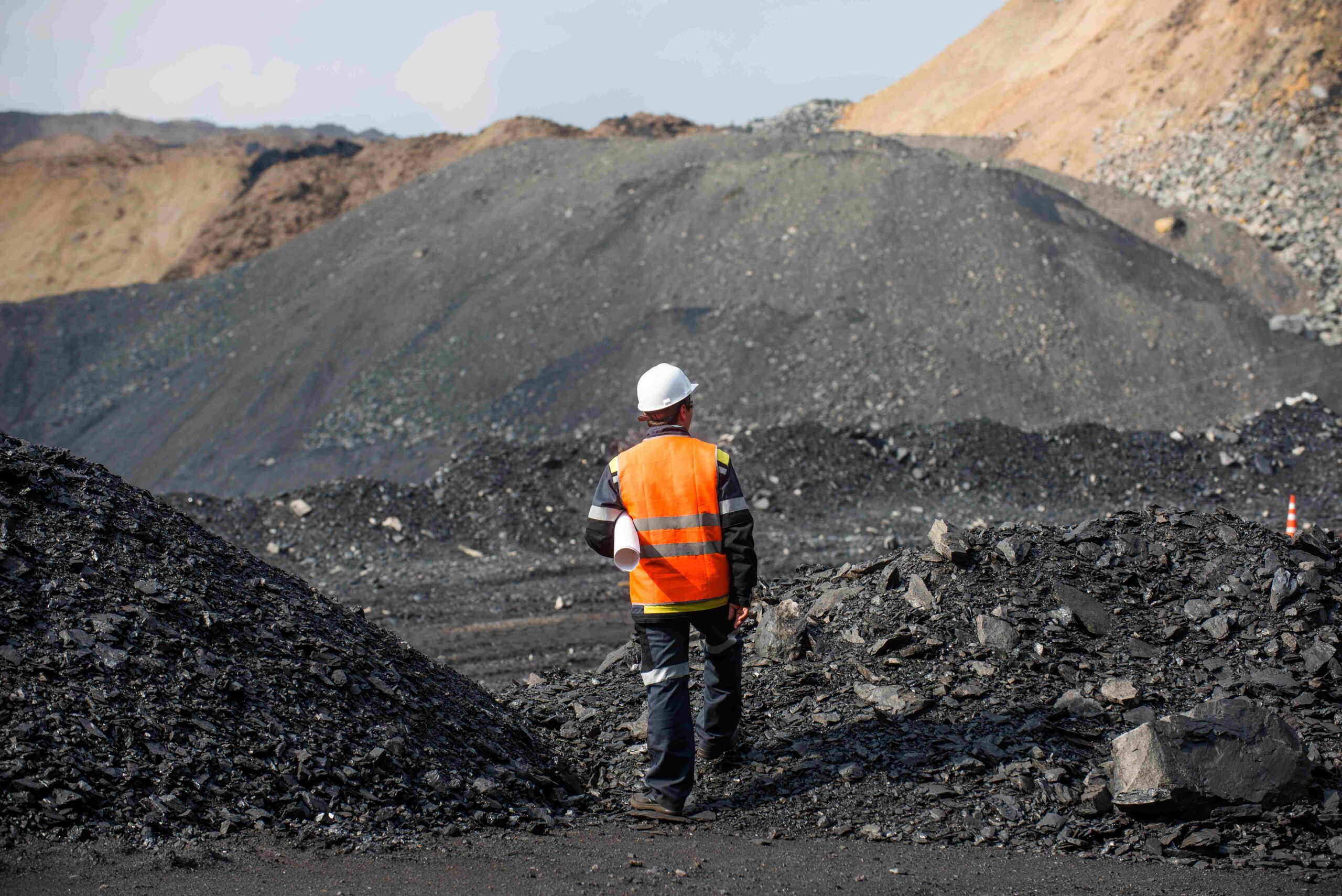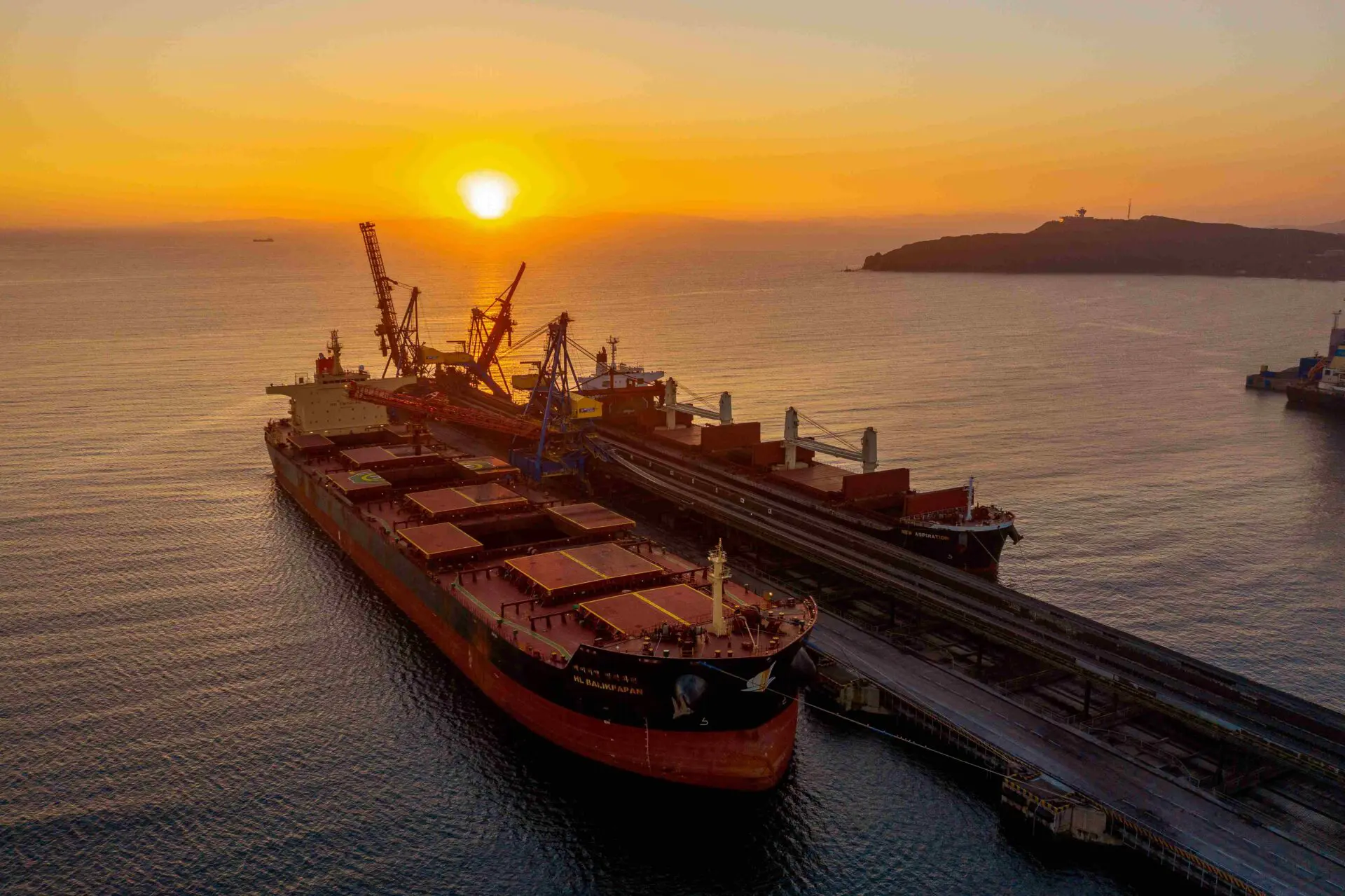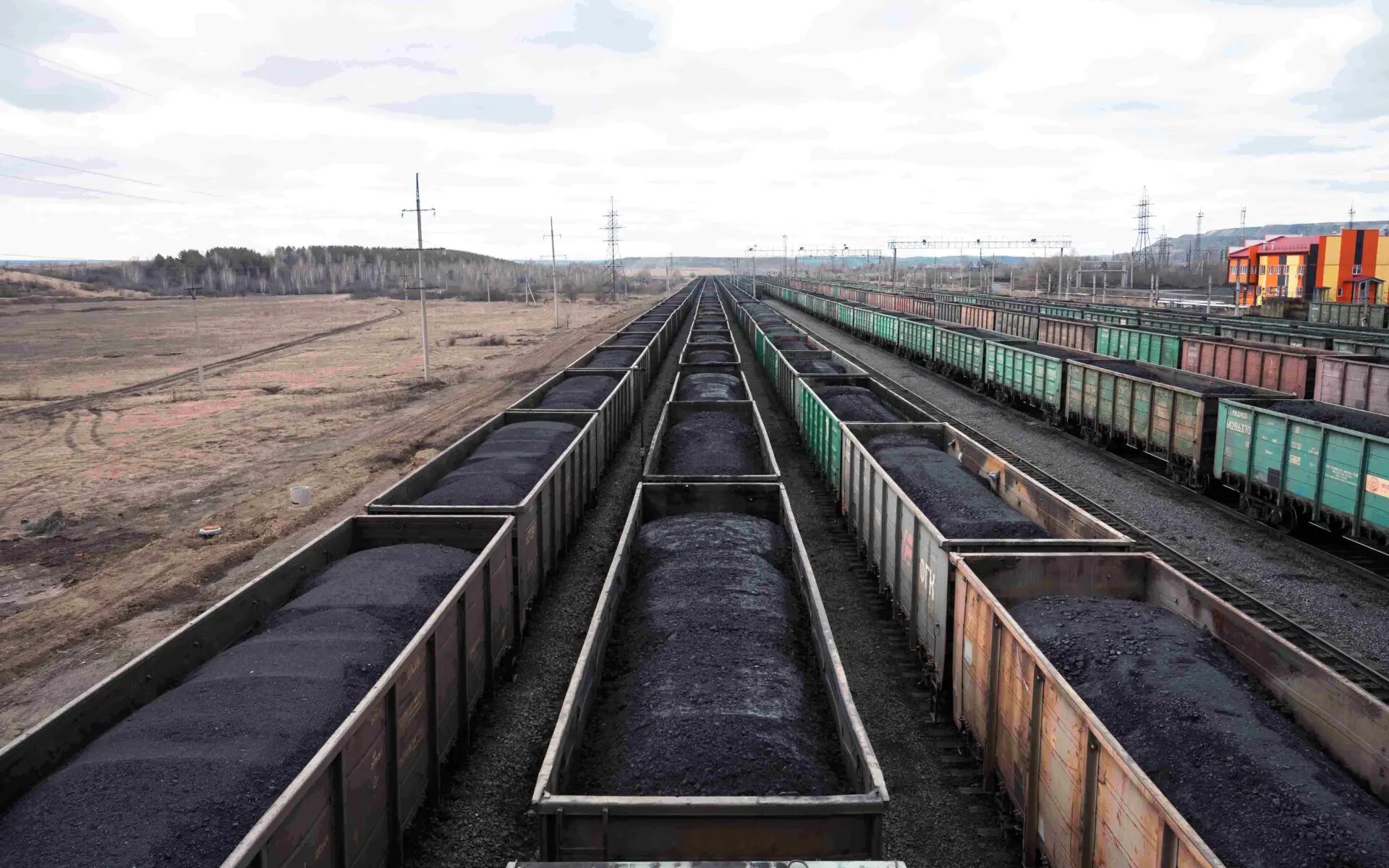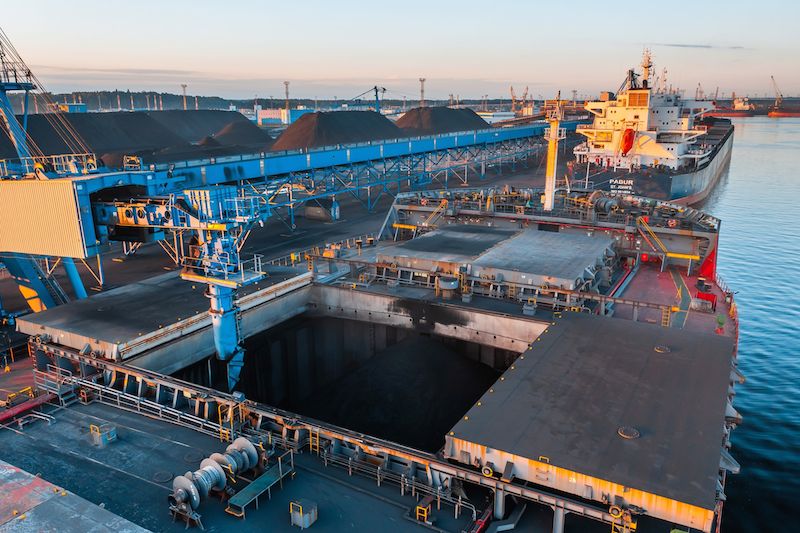
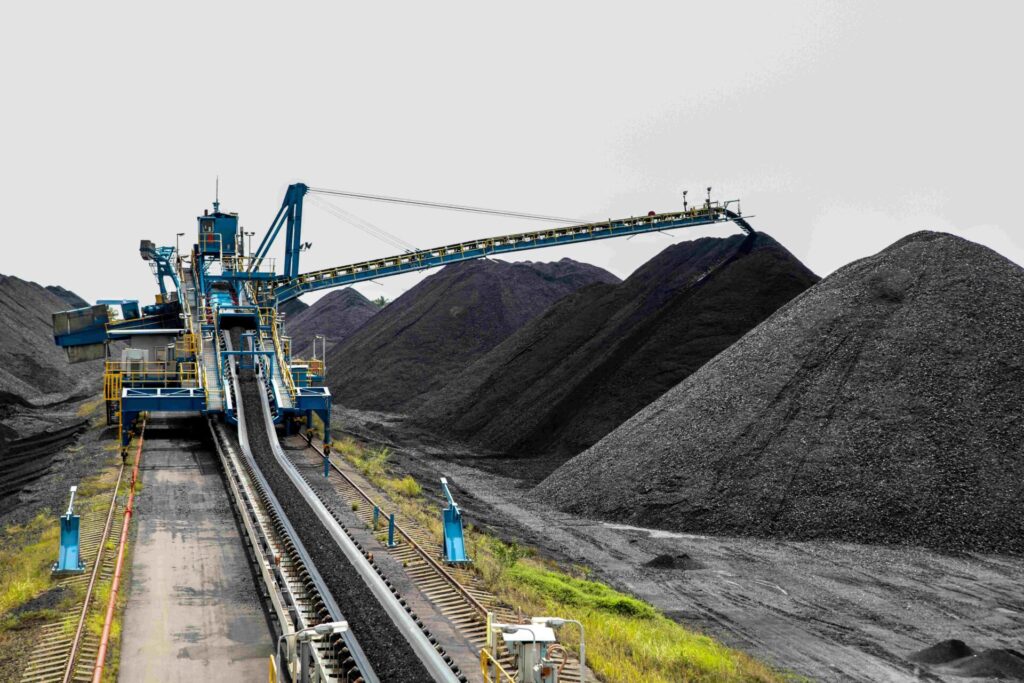
Gas quotations at the TTF hub surged to 451 USD/1,000 m3 (+9 USD/1,000 m3 w-o-w). Coal stocks at ARA terminals were stable at seasonal lows of 3.54 mio t.
South African High-CV 6,000 pulled back to 110 USD/t, following the European market correction.
Exports from South Africa’s Richards Bay Coal Terminal (RBCT) remain below 50 mio t for the second consecutive year.
The demand for South African material from Indian consumers was holding steady given the rising prices of hot briquetted iron and steel.
Furthermore, market participants expect demand to strengthen after the holidays at the end of October (Diwali Festival of Lights, a major Hindu holiday, celebrated on October 31).
In China, spot prices for 5,500 NAR coal at the port of Qinhuangdao lost 2 USD/t to 121 USD/t.
Earlier this week, Shenhua lowered purchase prices from third-party producers in the Inner Mongolia, as well as FOB prices at ports of loading. Other coal producers followed Shenhua’s example. Price cuts in major producing regions ranged from 0.7 USD/t to 2.8 USD/t.
China’s railroads have been increasing the number of routes for coal transportation since the beginning of October. Similar actions last year made it possible to ramp up coal stocks in the largest ports from 23 to 27 mio t in a month. As of October 15, stockpiles totaled 24.2 mio t.
The consumers slowed down trading activity in view of sufficient supply on the market, anticipating further decline in quotations.
Indonesian 5,900 GAR stood stable at 93 USD/t, while the price of 4200 GAR climbed to 52.5 USD/t on strong demand from Chinese consumers.
Australian High-CV 6,000 slid to 147-148 USD/t. The Australian Bureau of Meteorology released its forecast for the cyclone season between November 2024 and April 2025, warning of a higher likelihood of intense cyclones this season, because of warmer ocean temperatures.
Four cyclones are expected to hit off the Queensland coast this season, that may adversely affect shipping from export ports.
Australian HCC metallurgical coal index exceeded 210 USD/t on October 16, but then reversed downward by almost 6 USD/t on October 17, having lost the entire gains of the week. The correction followed after the globalCoal platform posted an offer for 70,000 t of Peak Downs or BMA PLV coal at 206 USD/t FOB Australia.
The sharp decline in quotations forced Indian and Chinese consumers to look towards demand prices at 200-204 USD/t or take a wait-and-see attitude.
Forward paper contracts for November and December on the Singapore exchange lost 7 USD/t each since mid-week, falling to 204 USD/t and 205 USD/t respectively, while metallurgical coal futures on China’s Dalian Commodity Exchange collapsed by 8%.
Metallurgical coal prices in China adjusted down on the back of weaker-than-expected real estate stimulus measures.
Source: CCA Analysis










